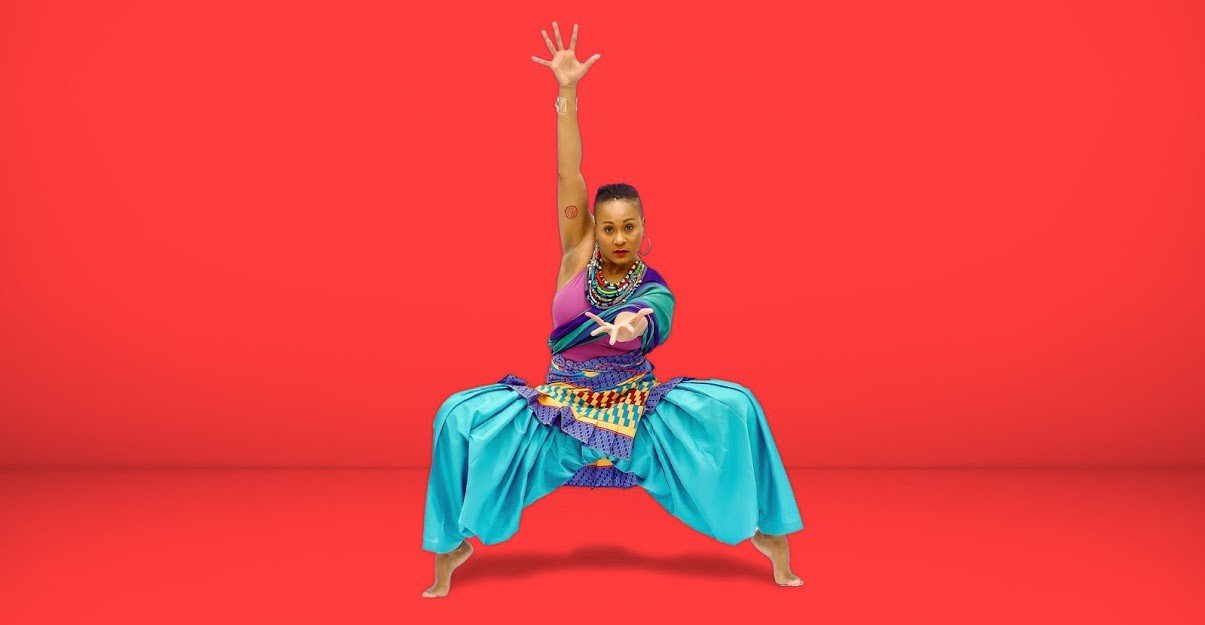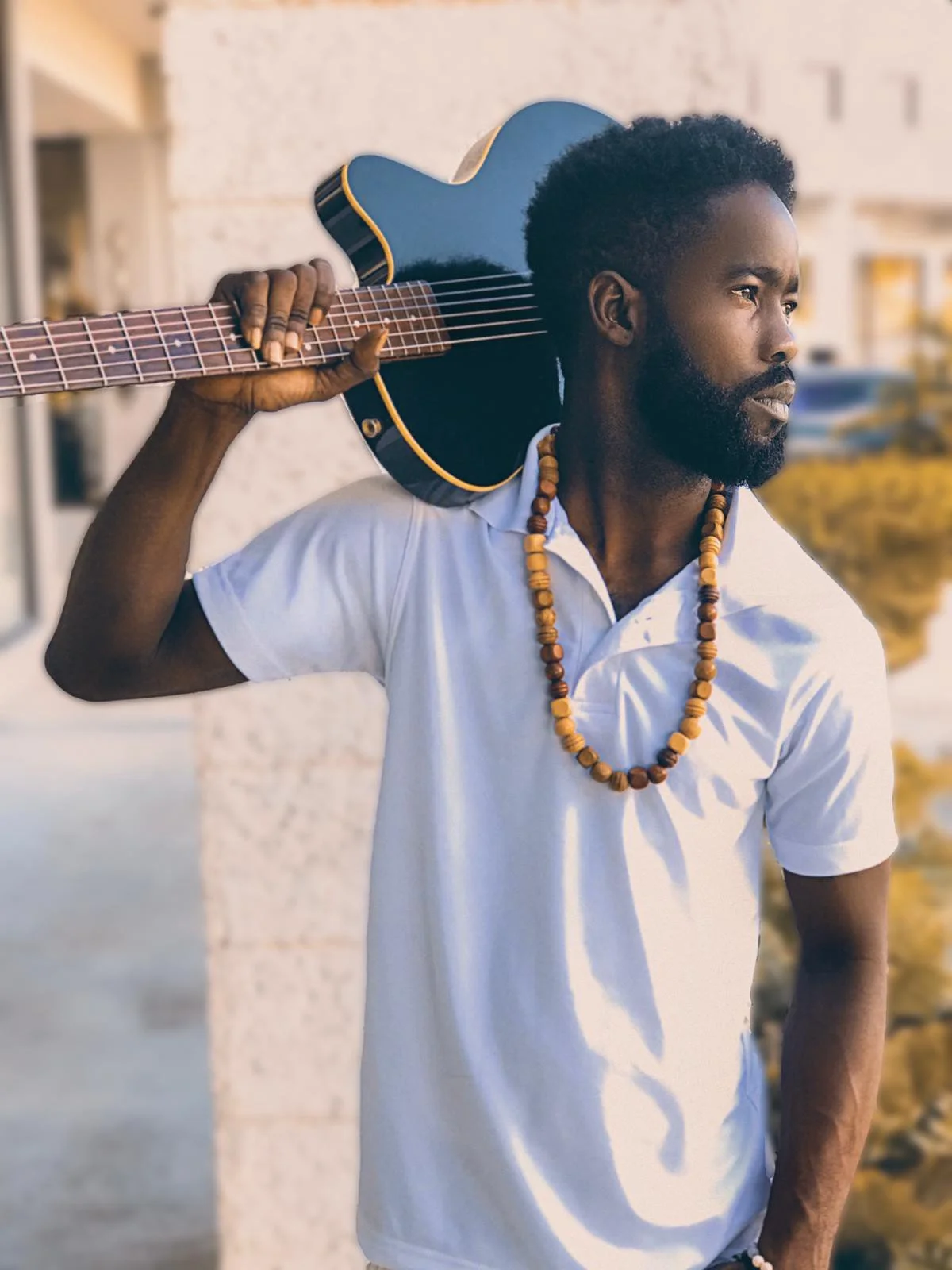A Hundred Years a Playhouse
Written by: Tonya Abari
Just over one hundred years ago in the Fairfax neighborhood on the east side of Cleveland, Ohio, Karamu House began as the Playhouse Settlement. It was a sanctuary for Black artists of the time. Actors, dancers, and writers dwelled in this safe space which provided community resources, connected and empowered families, and allowed people to reach their highest potential through the vehicle of arts experiences. In fact, Langston Hughes’ plays were developed and performed at the theater.
Today, Karamu (a word that means place of joyful gathering in Kiswahili) stands strong as a convening place for all people and a voice that continues to heighten, celebrate, and honor the African American experience. The recent murders of Black, American citizens in addition to institutional racism illuminates a premise that Karamu House has long understood: the fight to end racism and unjust systems of oppression continues.
“Nobody’s free until everybody’s free.” — Fannie Lou Hamer
In an interview with dancer Aseelah Shareef, Karamu House’s Director of Operations and Community Engagement, she explains the vital role that the arts plays in both healing and memorializing the Black experience.
Social Soundtrack: How did you come to be a part of the Karamu House?
Aseelah Shareef: When our CEO, Tony F. Sias, received his appointment in 2015, he reached out and asked if I would come and support his work and new vision for the institution. At the time I was Director of Dance at Cleveland School of the Arts. As a colleague and friend for nearly 20 years, I jumped at the opportunity to join him on this journey.
SS: How has your experience with preserving Black culture and history motivate your involvement with the recent protests?
AS: My support of the protests is motivated by the reality of Black people in this country. The story of the US is incomplete without the voices and contributions of indigenous and imported Black and Brown people. Without the preservation of our history all of the work that my ancestors contributed to the building of this country would be erased. Today’s protests are for the preservation of Black life and for the freedom for Black bodies to thrive.
SS: One of the goals of BLM is to create a space for Black imagination and creation. What do you think are the most important elements for creating such an environment?
AS: The beauty of Black folks is that we are going to create and imagine regardless, in the harshest of circumstances we will find outlets for creative expression (i.e. krump dancing). But if we’re going to set a proper table for this important thought work, in order to create space for Black imagination and creation the same elements that are important and required for any human being to thrive are vital — food, clothing, shelter, safety — Maslow’s first two levels, essentially. We are most free when our basic needs are met. Take a poor child in a terrible school system vs. a child with means in a well-resourced school system. The latter will soar because when you get restful sleep, have a full belly and attend a school with great teachers, books and meals your mind isn’t focused on survival. The former must first figure out how to stay alive before the psychic bandwidth to dream, imagine and create is made available.
SS: How is the resilience of the arts through the pandemic and numerous recent tragedies in the Black community compared to the Karamu House’s mission of preserving and honoring the experiences of African Americans?
AS: I don’t know if the resilience of the arts and Karamu’s mission can be compared. I can say that Karamu’s mission celebrates the resilience of the arts and amplifies the critical role of the arts in society. Our mission is to produce professional theatre, provide arts education and present community programs for all people while honoring the African American experience. Our work demonstrates that the arts are a through line and a tool — for generating meaningful discourse, for lifting up societal issues and for navigating humanity. In the current social justice climate, Karamu has provided a platform for artists and creatives, a space where we/they can tussle with, examine, condemn and uplift the complications of which we are all faced. This is our responsibility as an institution — allowing the catharsis and activating our collective energies to affect change.
SS: As we continue to undergo the uncertainty of this pandemic and the escalation of protests, do you foresee any changes to the production of Black art and culture?
AS: Creatives are going to create and artists are going to speak to the times — whether the art is a direct response to something external or a representation of the individual artist’s internal state, the products will be authentic reflections of the multitude of Blackness in all our isms, shapes and forms. Art is revolutionary. This seems to be a constant and very permanent.
SS: Are there any recent songs, pieces, stories, etc. reflective of the Black Lives Matter protests that you have found particularly moving?
AS: Admittedly, my reflex is to dig in the crates. I’ve found respite in existing music — I’ve Got Life (Nina Simone), What’s Happening Brother (Marvin Gaye), Somebody Prayed Me Over (Sweet Honey in the Rock), Malcolm Garvey Huey (Dead Prez), Alright (Kendrick Lamar). Although when I’m feeling particularly spicy I will play Black (Buddy ft. A$AP Ferg)!
SS: Any upcoming projects you can tell us about?
AS: What does “freedom” look like for Black America in 2020? Karamu House, America’s oldest performing African American theatre, explores this very question with a new series, “Freedom After Juneteenth,” premiering on Thursday, August 20, 2020 at 7 p.m. EST / 4 p.m. PST.
Episode one of “Freedom After Juneteenth” introduces us to the series and its characters, including Ruth, a Black mother who wants to actively protect the lives of her son and daughter and replace protesting with not only dialogue, but also accessible action steps — for people of all colors with a range of stances in the movement. In this first episode, Ruth invites Facebook friends, friends of friends, neighbors, co-workers, and family to a virtual meeting to begin a dialogue after her last #BlackLivesMatter protest. You’ll meet characters like Jim, a White ally who wants to be a part of the BLM movement, and others like Charlie, a Black young man who supports President Trump.
Episode one of “Freedom After Juneteenth,” presented by Bank of America, will premiere on Facebook Live, YouTube, Vimeo, Roku and Fire TV. A panel discussion about policing and trauma will follow the musical performance. Episodes are scheduled to be released every three to four weeks throughout the rest of 2020.
The fight to dismantle the institution of white supremacy continues. This hundred year-old playhouse stands strong as a cultural arts institution ready to call out apathy, ready to call out trite demonstrations disguised as all-ism, and ready to affect real change by empowering the people to take the same just stand.






